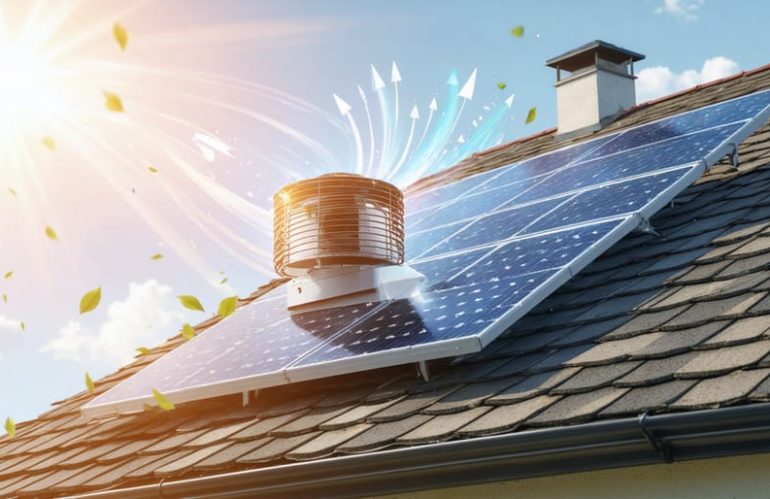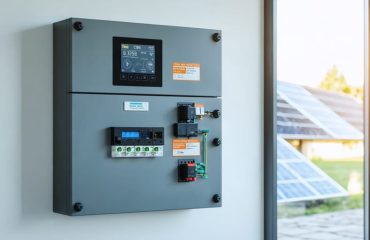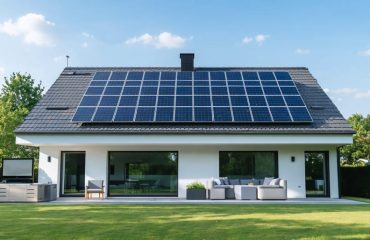Transform your attic’s stagnant heat trap into a money-saving cooling powerhouse with a retrofit solar attic fan. These innovative ventilation systems harness free solar energy to expel hot air from your attic, potentially reducing cooling costs by up to 30% while extending your roof’s lifespan. Unlike traditional electric fans, retrofit solar fans require no complex wiring, operate silently, and start working the moment sunlight hits their panels – making them the perfect upgrade for energy-conscious homeowners. Installation typically takes just a few hours, and with zero operating costs, these self-sustaining units quickly pay for themselves through reduced energy bills and prevented moisture damage. Whether you’re battling scorching summer temperatures or seeking year-round ventilation solutions, a retrofit solar attic fan offers an environmentally friendly way to protect your home while slashing energy costs.
Why Your Attic Needs Better Ventilation
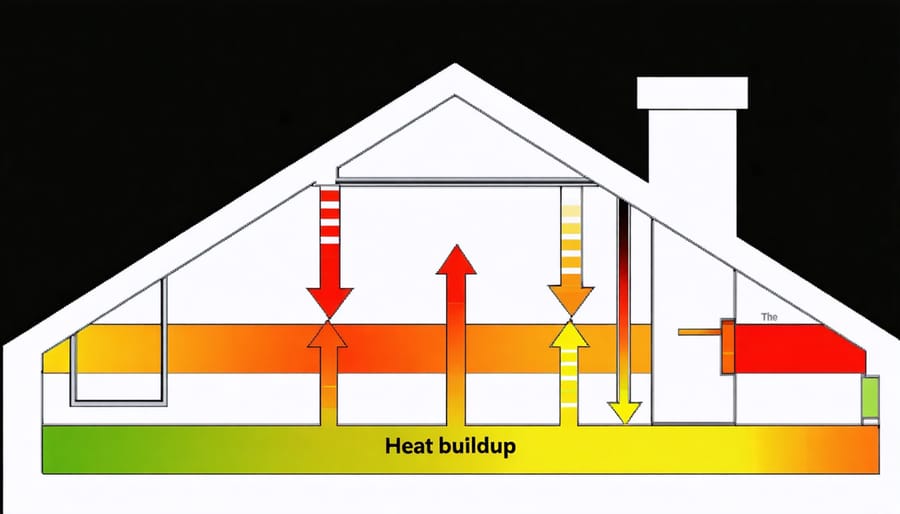
The Hidden Cost of Poor Attic Ventilation
Poor attic ventilation often leads to hidden costs that many homeowners overlook. When hot air becomes trapped in your attic, your air conditioning system works harder to maintain comfortable temperatures throughout your home. This extra strain not only increases your energy bills but also reduces the lifespan of your HVAC system. Even with modern smart home energy efficiency features, an improperly ventilated attic can undermine your efforts to reduce energy consumption.
Beyond energy waste, inadequate ventilation creates the perfect environment for moisture buildup. This excess moisture can lead to wood rot, mold growth, and deterioration of your roof’s structural components. During winter months, poor ventilation can cause ice dams to form, potentially damaging your roof and gutters. The insulation in your attic can also become compressed and less effective when exposed to excessive heat and moisture, further reducing your home’s energy efficiency.
These issues often develop slowly, making them easy to miss until significant damage has occurred. Prevention through proper ventilation is far more cost-effective than dealing with repairs later.
How Solar Attic Fan Retrofits Work
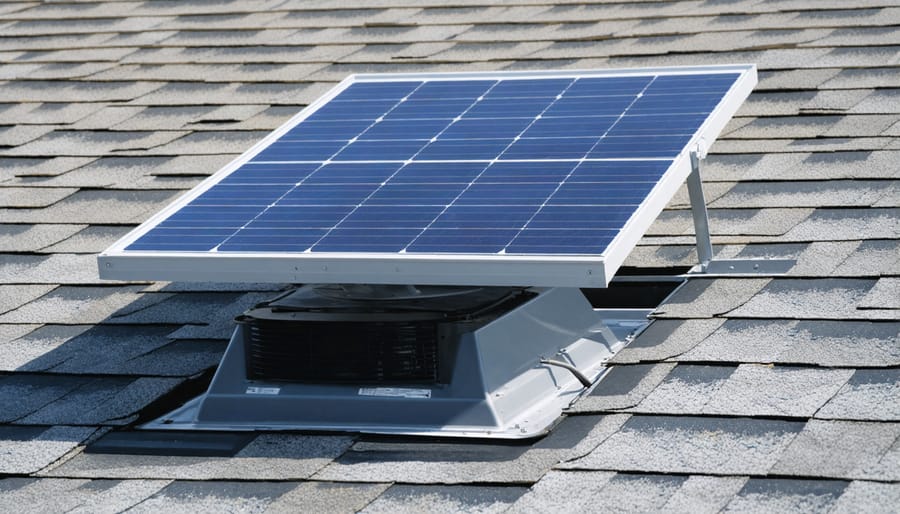
Installation Options for Different Roof Types
Retrofit solar attic fans can be installed on virtually any roof type, with specific mounting options designed for different roofing materials. For asphalt shingle roofs, installation typically involves lifting the shingles and securing a flashed mounting base underneath, ensuring a watertight seal. The fan unit then attaches securely to this base, maintaining your roof’s integrity.
For tile roofs, specialized flashing kits allow the fan to be mounted between tiles, with custom-fit components that preserve the roof’s natural water channels. Metal roofs require a slightly different approach, using mounting brackets specifically designed to work with standing seams or corrugated patterns without compromising the roof’s surface.
Flat or low-slope roofs can accommodate curb-mounted installations, where the fan sits on a raised platform that prevents water pooling. This method is particularly effective for ensuring proper drainage and maintaining the roof’s waterproof membrane.
The key to successful installation on any roof type is proper flashing and sealing. Most retrofit solar attic fans come with adjustable flashing that can be customized to match your roof’s pitch, typically accommodating angles between 15 and 45 degrees. For unusual roof configurations, additional adapters are available to ensure a perfect fit.
Before installation, it’s important to identify the optimal location based on your roof’s orientation for maximum sun exposure and proper ventilation flow. Most manufacturers provide detailed guidelines specific to each roof type, making the selection process straightforward for homeowners or installers.
Benefits of Choosing Solar-Powered Fans
Energy Savings and ROI
Installing a retrofit solar attic fan typically pays for itself within 2-3 years through reduced cooling costs and extended roof life. Homeowners can expect to save 20-30% on their summer cooling bills, which translates to approximately $300-500 annually in most climates. Like other smart solar upgrades, these fans operate at zero operating cost, using free solar power to run the system. The initial investment of $400-800 for a quality retrofit fan becomes increasingly attractive when considering the potential tax incentives and rebates available in many states. Additionally, by reducing moisture and heat buildup, these fans help preserve your roof’s integrity, potentially saving thousands in premature roof replacement costs.
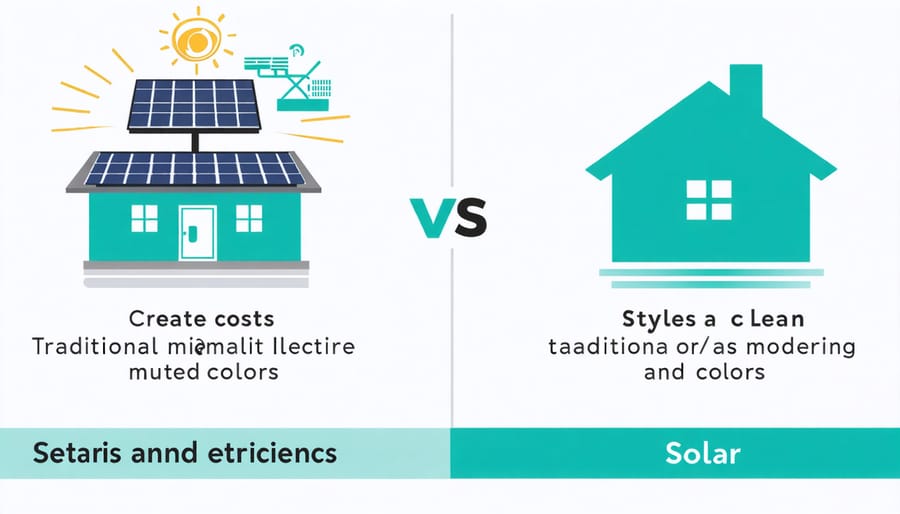
Choosing the Right Solar Attic Fan
When selecting a retrofit solar attic fan, consider your attic’s square footage as the primary factor. For spaces up to 1,200 square feet, a 20-watt fan typically suffices, while larger areas may require 30-watt or higher models. Look for fans with adjustable solar panels, which allow optimal positioning for maximum sun exposure. Quality matters too – choose units with brushless motors for longer life and quiet operation. As part of designing the perfect home solar system, select fans with built-in thermostats and humidity sensors to ensure automatic operation when needed. Also consider models with backup power options for nighttime ventilation. The best units offer simple mounting systems and weather-resistant construction, ensuring your investment lasts for years to come.
Installing a retrofit solar attic fan is a smart investment that can significantly reduce your energy costs while making your home more comfortable. By harnessing free solar power and requiring minimal maintenance, these fans offer an eco-friendly solution to attic ventilation. Take action today by assessing your attic’s ventilation needs and consulting with a qualified professional to explore installation options. Your wallet and the environment will thank you for making this sustainable choice.

